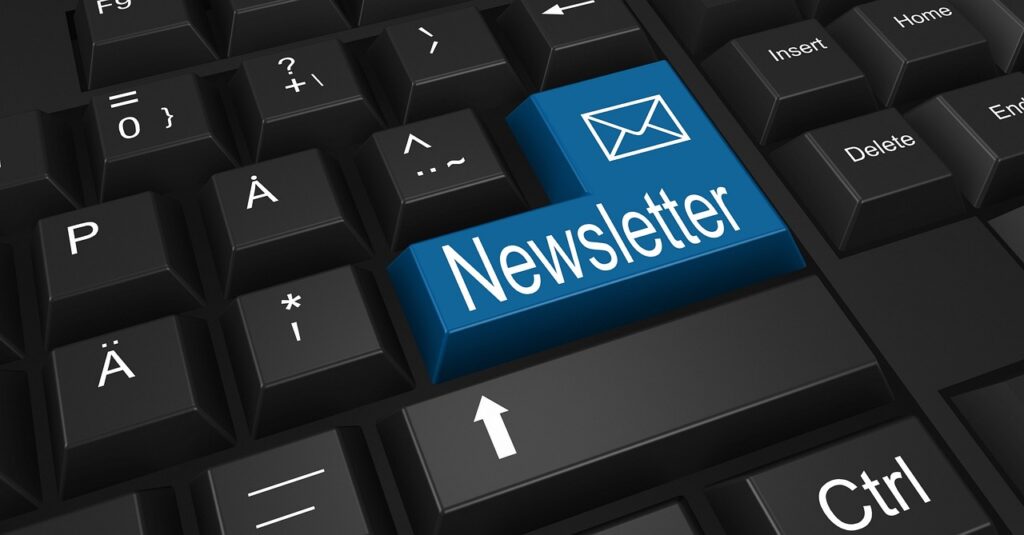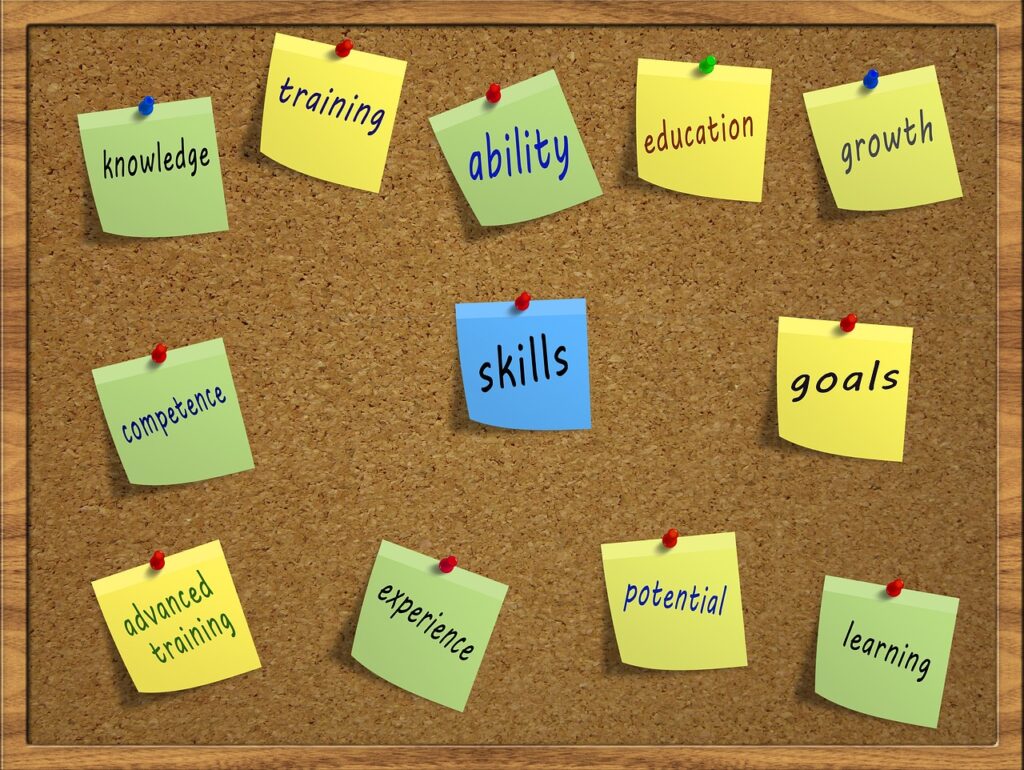
A Comprehensive Guide to Email Marketing
In the rapidly evolving landscape of digital marketing, one strategy has stood the test of time and continues to be a formidable tool for businesses across the globe – email marketing. While social media platforms, search engine optimization, and other digital marketing channels have gained prominence, email marketing remains a cornerstone for building and nurturing customer relationships, driving sales, and fostering brand loyalty. In this comprehensive guide, we will delve into the intricacies of email marketing, exploring its evolution, best practices, and innovative strategies that can help businesses harness the full potential of this versatile tool.
The Evolution of Email Marketing
From the Inbox to the Future
Email marketing has come a long way since the early days of the Internet. What began as a simple communication tool has transformed into a sophisticated marketing medium. The first promotional email was sent in 1978, and since then, the landscape has evolved dramatically.
Birth of Email Marketing
In the 1990s, as the internet gained popularity, businesses recognized the potential of email as a direct communication channel with their audience. The first notable email marketing campaign was executed by Gary Thuerk in 1978 when he sent an unsolicited mass email to promote his company’s products.
Rise of Permission Marketing
As the volume of unsolicited emails increased, so did concerns about spam. Marketers adapted by embracing permission marketing – obtaining consent before sending emails. This shift led to the establishment of ethical standards and regulations, such as the CAN-SPAM Act in 2003, to govern email marketing practices.
Personalization and Segmentation
Advancements in data analytics and customer relationship management (CRM) systems allowed marketers to personalize their email campaigns. By segmenting their audience based on demographics, behavior, or preferences, businesses could tailor messages for greater relevance and impact.
Mobile Revolution
The advent of smartphones revolutionized how people access and interact with emails. Email marketing strategies had to adapt to the mobile-first era, emphasizing responsive design and concise, visually appealing content that resonates with users on smaller screens.
Automation and AI Integration
The integration of automation and artificial intelligence (AI) has taken email marketing to new heights. Automated workflows, triggered emails, and AI-driven personalization enable marketers to deliver timely, relevant content at scale, enhancing the overall customer experience.
The Current Landscape
Key Metrics and Analytics
Measuring the success of an email marketing campaign requires a keen understanding of key metrics. Open rates, click-through rates, conversion rates, and unsubscribe rates provide insights into the effectiveness of campaigns. Advanced analytics tools enable marketers to track user behavior, segment audiences, and refine their strategies based on real-time data.
Challenges and Opportunities
While email marketing offers tremendous benefits, it also presents challenges. The ever-changing landscape of spam filters, privacy concerns, and evolving consumer preferences demand constant adaptation. However, these challenges also open doors for innovation, pushing marketers to find creative solutions and deliver value to their audience.

Building a Foundation: Email Marketing Basics
The Email List
Quality Over Quantity
The foundation of any successful email marketing campaign is a high-quality email list. While it may be tempting to prioritize quantity, a smaller, engaged audience is far more valuable than a large, uninterested one. Building an organic email list through opt-ins, sign-ups, and subscriptions ensures that recipients are genuinely interested in your content.
Permission Marketing
Obtaining explicit permission from individuals before adding them to your email list is not only a best practice but also a legal requirement in many jurisdictions. This practice helps build trust and ensures that your messages reach an audience genuinely interested in your products or services.
List Segmentation
Segmenting your email list based on various criteria, such as demographics, location, or past behavior, allows for targeted and personalized communication. This segmentation enhances the relevance of your messages, increasing the likelihood of engagement and conversion.
Crafting Compelling Content
The Power of a Strong Subject Line
The subject line is the gateway to your email. Crafting a compelling and intriguing subject line is crucial for grabbing the recipient’s attention and encouraging them to open the email. Personalization, urgency, and relevance are key factors in creating effective subject lines.
Engaging Copy and Design
Once your email is opened, the content must deliver value and engage the reader. Clear and concise copy, coupled with visually appealing design elements, enhances the overall user experience. Mobile responsiveness is non-negotiable in today’s mobile-centric world.
Multimedia Elements
Including multimedia elements, such as images, videos, and interactive content, can significantly enhance the impact of your emails. However, it’s essential to strike a balance, ensuring that your emails load quickly and are accessible to all recipients.
Timing and Frequency
Optimal Send Times
Determining the optimal time to send your emails requires understanding your audience’s behavior. Testing different send times and analyzing the corresponding engagement metrics can help identify patterns and guide your scheduling decisions.
Frequency Considerations
While staying top-of-mind is crucial, bombarding your audience with excessive emails can lead to fatigue and increased unsubscribe rates. Finding the right balance in terms of email frequency is key to maintaining a positive relationship with your subscribers.

Advanced Strategies for Email Marketing Success
Personalization and Dynamic Content
Personalized Experiences
Advancements in customer data and AI allow for highly personalized email experiences. From addressing recipients by name to tailoring content based on past interactions, personalization creates a sense of individualized attention that resonates with recipients.
Dynamic Content
Dynamic content takes personalization to the next level by dynamically adjusting the email’s content based on the recipient’s behavior, preferences, or demographics. This ensures that each recipient receives the most relevant and compelling content, increasing engagement and conversion rates.
Automation and Triggered Campaigns
Automated Workflows
Automation streamlines the email marketing process by enabling the creation of pre-defined workflows. From welcome sequences to abandoned cart reminders, automated workflows ensure that the right message reaches the right person at the right time, without manual intervention.
Triggered Emails
Triggered emails are highly relevant messages triggered by specific user actions or events. Whether it’s a thank-you email after a purchase or a re-engagement email for inactive subscribers, triggered emails capitalize on timely and contextually relevant communication.
A/B Testing and Optimization
A/B Testing Best Practices
A/B testing involves sending two versions of an email to different segments of your audience to determine which performs better. Testing elements such as subject lines, copy, images, and calls to action provides valuable insights that can inform future campaigns.
Continuous Optimization
Optimization is an ongoing process that involves analyzing data, identifying areas for improvement, and making data-driven adjustments. Whether it’s refining your email copy, testing new visuals, or tweaking your calls to action, continuous optimization is essential for sustained success.
Compliance and Deliverability
Compliance with Regulations
Adhering to email marketing regulations, such as the CAN-SPAM Act and the General Data Protection Regulation (GDPR), is not only a legal requirement but also essential for building trust with your audience. Understanding and implementing best practices for data protection and consent are critical aspects of compliance.
Monitoring Deliverability
Ensuring that your emails reach the intended recipients’ inboxes is a constant challenge. Monitoring deliverability metrics, such as bounce rates and spam complaints, and adhering to email service providers’ guidelines are essential for maintaining a positive sender reputation.
Integrating Social Media and Email Marketing
Synergy Between Channels
Integrating social media and email marketing creates a powerful synergy, allowing for a cohesive and multi-channel approach to engaging with your audience. Cross-promotion, social sharing buttons in emails, and leveraging user-generated content from social platforms can amplify your reach and impact.
Building Communities
Email marketing can be a catalyst for building online communities. By fostering a sense of exclusivity and providing valuable content to subscribers, businesses can cultivate a dedicated audience that actively engages with both emails and social media content.

Emerging Trends and Future Outlook
Artificial Intelligence and Predictive Analytics
AI-Powered Personalization
The integration of artificial intelligence is poised to redefine email personalization. Machine learning algorithms can analyze vast amounts of data to predict user behavior and preferences, enabling hyper-personalized content delivery that goes beyond traditional segmentation.
Predictive Analytics for Audience Insights
Predictive analytics leverages historical data to forecast future trends and behaviors. In the context of email marketing, this can provide valuable insights into audience preferences, allowing marketers to proactively tailor their strategies for maximum impact.
Interactive Email Experiences
Gamification and Interactivity
The future of email marketing holds exciting possibilities for interactive experiences. Incorporating elements of gamification, surveys, and interactive content directly within emails can boost engagement and provide a more immersive experience for recipients.
Sustainability and Ethical Marketing
Green Marketing Practices
As environmental consciousness grows, businesses are increasingly adopting sustainable practices in their operations, including marketing. Email marketing can contribute to sustainability efforts by embracing eco-friendly practices, such as reducing image file sizes and promoting paperless communication.
Ethical Data Use
Consumer concerns about data privacy and ethical use of personal information are on the rise. Businesses that prioritize transparent data practices and ethical use of customer data build trust and foster long-term relationships with their audience.
Conclusion
In conclusion, email marketing remains a dynamic and indispensable tool for businesses seeking to connect with their audience in the digital age. From its humble beginnings as a simple communication channel, email marketing has evolved into a sophisticated and personalized medium that leverages automation, AI, and data analytics to deliver targeted and impactful messages.
Understanding the fundamentals of building and maintaining a quality email list, crafting compelling content, and utilizing advanced strategies such as personalization, automation, and optimization is essential for success. As the landscape continues to evolve, businesses must stay attuned to emerging trends, embracing innovations like AI-powered personalization, interactive email experiences, and sustainable marketing practices.
By staying informed, adapting to changing consumer behaviors, and consistently delivering value to their audience, businesses can unlock the full potential, driving sustainable growth and forge lasting relationships in the digital era of email marketing.
